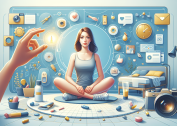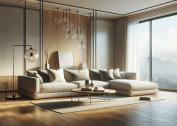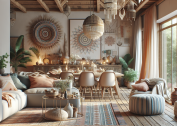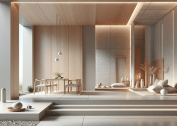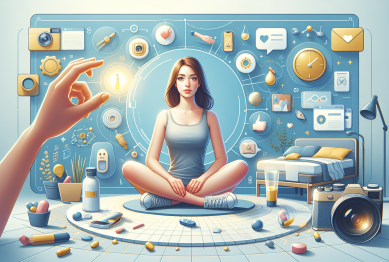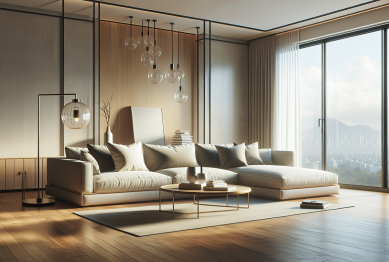The psychology behind color choices is playing a more significant role in how people shape their surroundings, moods, and identities—especially in today’s visually saturated digital culture. From trending aesthetics on social platforms to curated home interiors and mindful branding, color is no longer just about appearance. It’s about emotion, intention, and influence. Whether consciously or not, individuals are relying on color to manage stress, communicate values, and shape the tone of their daily lives. This growing trend isn’t just about design—it reflects deeper psychological and cultural undercurrents.
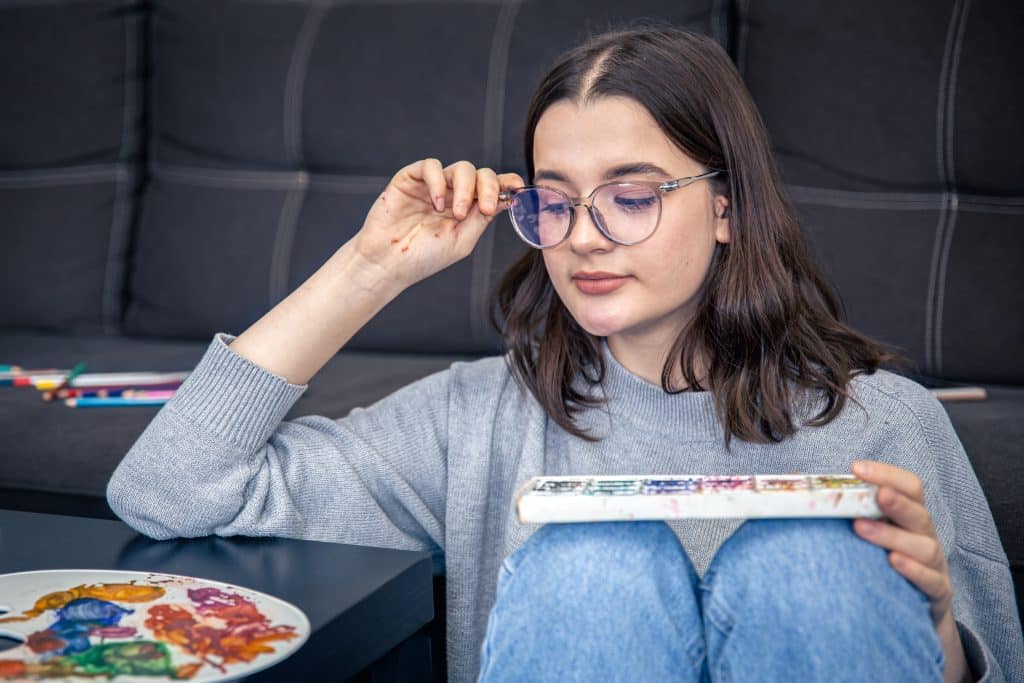
Why the Psychology Behind Color Choices Is More Relevant Than Ever
We are surrounded by colors 24/7. Digital devices, streaming platforms, smart home lighting systems, and even grocery apps are all designed with color psychology in mind. What’s new is the mainstream awareness of how these colors affect us.
Key drivers of this shift include:
-
Increased screen time: Most daily interactions—from messaging to content creation—occur in color-driven environments.
-
Cultural focus on mental wellness: Color has become a subtle but impactful way to encourage balance, calm, or motivation.
-
Rise of personalization: Consumers increasingly make deliberate color choices in clothing, interiors, and even digital tools to align with emotional needs or identities.
Understanding How Color Affects Mood and Behavior
Color theory isn’t just for artists. Research shows that certain colors evoke specific emotions and even trigger physiological responses. Here’s how common shades tend to affect our psychology:
-
Blue: Conveys calm, trust, and mental clarity. Often used by tech companies to encourage feelings of reliability and security.
-
Red: Stimulates energy and urgency but can also provoke stress. Frequently used in food marketing or alerts.
-
Yellow: Associated with creativity and optimism, but overuse may cause anxiety.
-
Green: Evokes balance and tranquility. Linked with nature and health-focused brands.
-
Purple: Tied to spirituality and imagination. Common in wellness and beauty products.
-
Black: Symbolizes authority and sophistication, but depending on context, may also suggest mystery or rebellion.
-
White: Represents simplicity and cleanliness. Dominant in minimalist design.
These emotional cues are culturally shaped but widely observed in modern branding, interior design, and fashion.
Lifestyle Design: Where Color Meets Intentional Living
In lifestyle spaces—from architecture to wellness apps—color has become a core tool for mood management and emotional direction. People are using color intentionally to build spaces that feel less reactive and more restorative.
Popular implementations:
-
Blue lighting in workspaces to increase concentration and reduce mental fatigue.
-
Earth tones in homes to simulate connection to nature, offering psychological grounding in overstimulated environments.
-
Soft pastels in sleep environments for calm and restfulness.
A 2022 study published in Frontiers in Psychology found that exposure to calming colors like soft blue and green significantly reduced self-reported stress levels during home-based tasks.
Current Color Trends in Entertainment and Pop Culture
Color psychology trends are directly influencing visual content, social aesthetics, and entertainment choices. Here’s how:
1. Serene Neutrals for Digital Detox
Colors like beige, taupe, sage, and cream dominate lifestyle blogs and wellness influencers’ content. They’re seen as an antidote to screen fatigue and chaotic media consumption.
2. Hyper Color for Escapism
The popularity of digital neon—especially in gaming, animation, and metaverse design—offers escape through immersive, synthetic visuals. These color palettes reflect fantasy, rebellion, and a break from monotony.
3. Retro Revival with Color Nostalgia
Muted oranges, mustard yellows, and dusty greens tied to 1970s aesthetics are making a comeback. This nostalgia, especially among Gen Z, reflects a craving for familiarity in uncertain times.
4. Color Coding in Streaming Content
Streaming platforms design thumbnails and interface visuals using psychologically persuasive color combinations to guide user behavior. Bright contrast is often used to nudge click-throughs, while muted tones signal “serious” or introspective content.
Branding and Consumer Psychology: The Strategic Use of Color
Color isn’t just about catching attention—it’s about cultivating identity and trust. Brands now go beyond conventional color associations and align hues with nuanced emotional cues.
-
Spotify’s green blends vibrancy with familiarity—positioning it as fun yet reliable.
-
Airbnb uses soft coral to signal warmth, safety, and openness.
-
Apple’s use of grayscale emphasizes minimalism and modernity—aligning with its values of control, design purity, and premium feel.
As consumers become more aware of the psychology behind color choices, brands must be more intentional in aligning visual identity with emotional outcomes.
Cross-Cultural Interpretations: Color Is Not Universal
It’s crucial to understand that color meanings vary across cultures, which is especially relevant for global digital platforms or lifestyle brands.
-
White: Symbol of purity in Western cultures but often associated with mourning in East Asia.
-
Red: Considered lucky and festive in China, while signaling danger in Western contexts.
-
Black: Elegance in fashion but may carry negative connotations depending on context and culture.
Modern marketing strategies now include region-specific design variations to respect cultural color psychology. Understanding local interpretations allows for better resonance and fewer missteps.
Practical Ways to Use Color Psychology in Everyday Life
You don’t need to overhaul your lifestyle to benefit from the psychology behind color choices. Simple changes can yield psychological advantages:
1. Design Your Day by Color
-
Morning workouts: Use energetic colors like orange or red.
-
Work sessions: Stick with focused shades like blue or gray.
-
Wind-down routines: Embrace lavender, beige, or muted greens.
2. Wardrobe Psychology
-
Wear green or blue in high-stress situations like interviews or presentations.
-
Use pops of red or orange when you want to feel energized and expressive.
3. Digital Customization
-
Switch app themes or device wallpapers to match your energy goals—calming tones in the evening, brighter ones for motivation.
4. Decor and Interiors
-
Paint walls or add accents that reflect the mood you want in each room. Living rooms benefit from warm neutrals, while home offices thrive in cooler, focusing tones.
Where Color Psychology Is Headed
As people become more emotionally aware and environmentally overstimulated, the role of color as a silent guide in behavior and mood will only grow.
Emerging areas include:
-
Adaptive color environments: Smart lighting that adjusts based on time of day or activity level.
-
Therapeutic color spaces: In healthcare and wellness centers, specific colors are used to reduce anxiety or improve cognitive function.
-
Digital UX design: Increased focus on color pathways that lead to better user retention and lower bounce rates.
In a world where attention is the most valuable currency, the psychology behind color choices may be one of the most underrated levers of influence.
References
- Cherry, Kendra. “The Psychology of Color.” Verywell Mind, https://www.verywellmind.com
- Spence, Charles. “Impact of Color on Marketing.” Color Research & Application, https://onlinelibrary.wiley.com
- Elliot, Andrew J., and Markus A. Maier. “Color Psychology: Effects of Perceiving Color on Psychological Functioning in Humans.” Annual Review of Psychology, https://www.annualreviews.org

